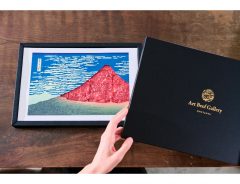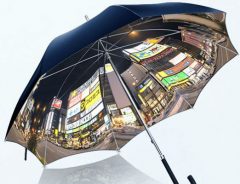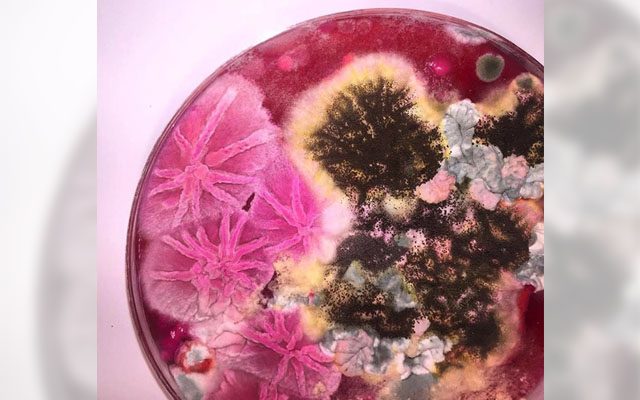Related Article
-

[Update] Professional Anime Artist Turns His Sons’ Sketches Into Amazing Anime Characters
-

Highest grade wagyu served as traditional Japanese woodblock prints in delicious meat art
-

42 Artists Paid Tribute To Katsuhiro Otomo, The Legendary Creator Of Akira
-

Final Fantasy Illustrator Yoshitaka Amano And Japanese Artists Team Up For Awesome Magic: The Gathering Artwork
-

Open Up Your Umbrella To See Beautiful 360° Photography With The Panorella
-

Gigantic Wearable Felt Cat Heads Now On Sale To Terrify Everyone With



Science and art are often placed on opposites sides of the spectrum, but no one ever said they can’t go hand in hand.
The American Society for Microbiology recently held its first Agar Art contest, calling out to all microbiologists to send in a picture of their proudest work of bacterial art in petri dishes. Their only rule was that they had to use microbes as the paint, and agar (a jelly-like substance) as the canvas. The submissions hinted at potential Leonardo Da Vincis lurking in the field of microbiology…
… Or Vincent van Goghs
Source: American Society for Microbiology
Source: American Society for Microbiology
Source: American Society for Microbiology
Source: American Society for Microbiology
Source: American Society for Microbiology
And the talented winners of the 2015 Agar Art Contest are…. *drum roll*
1. Neurons, submitted by Mehmet Berkmen
Source: American Society for Microbiology
2. NYC Biome MAP, submitted by Christine Marizzi
Source: American Society for Microbiology
3. Harvest Season, created by Maria Eugenia Inda
Source: American Society for Microbiology
People’s Choice: Cell to Cell, created by the group who won first place
Source: American Society for Microbiology
Amazing? We can’t wait for next year’s contest, and we can’t help but wonder what fantastic bacteria art microbiologists will come up with then!
Here are a few more fantastic works of art that aren’t from the contest, just because there are so many that deserve to be introduced!
Source: American Society for Microbiology
Source: American Society for Microbiology